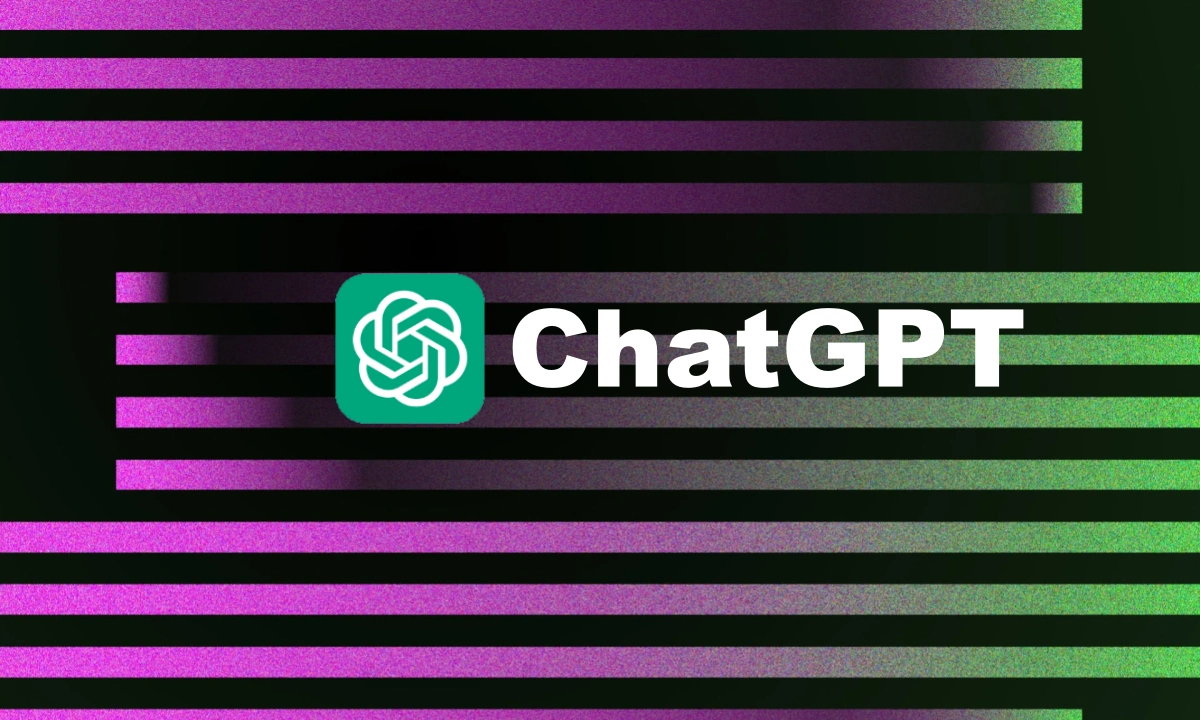Two new AI systems by scientists from Weill Cornell Medicine and the Dana-Farber Cancer Institute in Boston are specific to digital pathology, an up-and-coming image analysis technique that incorporates high-resolution digital images from tissue samples to diagnose disease.
In their paper titled ‘ChatGPT for answering and reporting digital pathology questions: A feasibility study,’ published in The Lancet Digital Health on the 9th of July 2024, the researchers prove that the AI language model called ChatGPT can be enhanced by employing a method known as retrieval-augmented generation to answer questions and generate correct, comprehensive and detailed results about digital pathology.
The authors also discovered that ChatGPT aids pathologists, who do not possess any coding skills, to navigate efficiently through the sophisticated software that scans tissues, thus making the skills in pathology and digital pathology conform.
ChatGPT is an LLM that is responsible for generating text on a variety of subjects based on large amounts of data. ‘While LLMs are suitable for generic operations, they are not the most effective in providing relevant information for related/subtopic areas,’ noted Dr. Mohamed Omar, the study’s principal author and a scientist at Dana-Farber Cancer Institute and an assistant professor of research in pathology and laboratory medicine and a member of the Division of Computational and Systems Pathology at Weill Cornell Medicine.
By forcing GPT4DFCI to give source link(s) of the publications needed to generate a response, they concluded the answers to be correct and based.
The finalized model gave detailed and relevant responses compared to Chat GPT 4 and rarely Hallucinated if at all.
The second AI program that the team built assists pathologists in employing PathML, an effective software library, that is coded in Python and needs the inception of pathologists with the programming language to analyze large and intricate pathology image datasets.
PathML was coupled with ChatGPT and the users could type or speak to control PathML and comprehend more about PathML through the chats. Lacking complexity, it allows users to type in any questions that they have regarding the usage of PathML for analysis of histopathology images; including multiplex images, tissue-microarray, or for biomarker quantitative assessments
